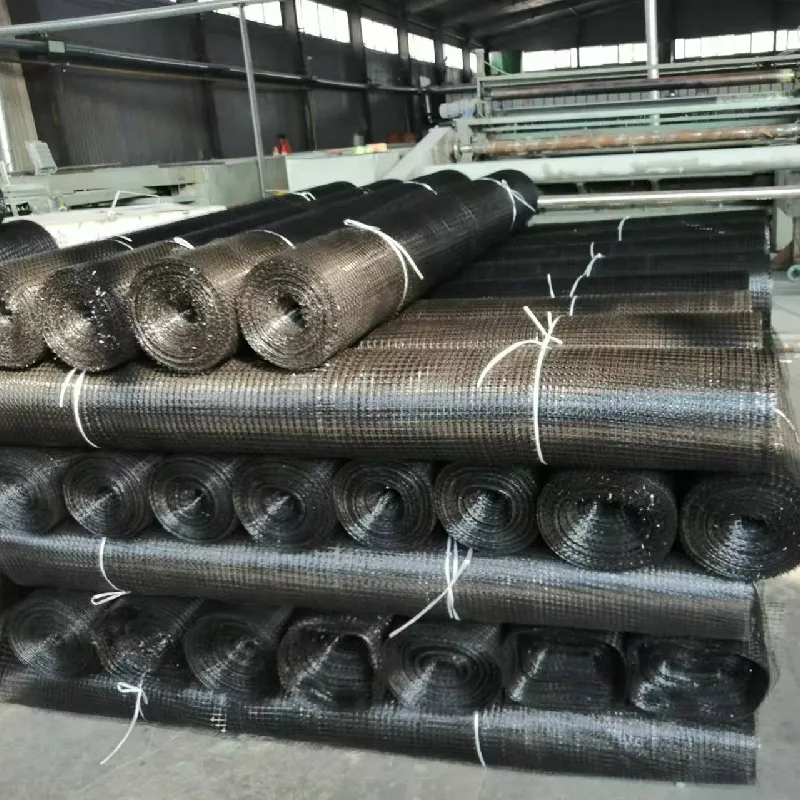-
 Afrikaans
Afrikaans -
 Albanian
Albanian -
 Amharic
Amharic -
 Arabic
Arabic -
 Armenian
Armenian -
 Azerbaijani
Azerbaijani -
 Basque
Basque -
 Belarusian
Belarusian -
 Bengali
Bengali -
 Bosnian
Bosnian -
 Bulgarian
Bulgarian -
 Catalan
Catalan -
 Cebuano
Cebuano -
 China
China -
 Corsican
Corsican -
 Croatian
Croatian -
 Czech
Czech -
 Danish
Danish -
 Dutch
Dutch -
 English
English -
 Esperanto
Esperanto -
 Estonian
Estonian -
 Finnish
Finnish -
 French
French -
 Frisian
Frisian -
 Galician
Galician -
 Georgian
Georgian -
 German
German -
 Greek
Greek -
 Gujarati
Gujarati -
 Haitian Creole
Haitian Creole -
 hausa
hausa -
 hawaiian
hawaiian -
 Hebrew
Hebrew -
 Hindi
Hindi -
 Miao
Miao -
 Hungarian
Hungarian -
 Icelandic
Icelandic -
 igbo
igbo -
 Indonesian
Indonesian -
 irish
irish -
 Italian
Italian -
 Japanese
Japanese -
 Javanese
Javanese -
 Kannada
Kannada -
 kazakh
kazakh -
 Khmer
Khmer -
 Rwandese
Rwandese -
 Korean
Korean -
 Kurdish
Kurdish -
 Kyrgyz
Kyrgyz -
 Lao
Lao -
 Latin
Latin -
 Latvian
Latvian -
 Lithuanian
Lithuanian -
 Luxembourgish
Luxembourgish -
 Macedonian
Macedonian -
 Malgashi
Malgashi -
 Malay
Malay -
 Malayalam
Malayalam -
 Maltese
Maltese -
 Maori
Maori -
 Marathi
Marathi -
 Mongolian
Mongolian -
 Myanmar
Myanmar -
 Nepali
Nepali -
 Norwegian
Norwegian -
 Norwegian
Norwegian -
 Occitan
Occitan -
 Pashto
Pashto -
 Persian
Persian -
 Polish
Polish -
 Portuguese
Portuguese -
 Punjabi
Punjabi -
 Romanian
Romanian -
 Russian
Russian -
 Samoan
Samoan -
 Scottish Gaelic
Scottish Gaelic -
 Serbian
Serbian -
 Sesotho
Sesotho -
 Shona
Shona -
 Sindhi
Sindhi -
 Sinhala
Sinhala -
 Slovak
Slovak -
 Slovenian
Slovenian -
 Somali
Somali -
 Spanish
Spanish -
 Sundanese
Sundanese -
 Swahili
Swahili -
 Swedish
Swedish -
 Tagalog
Tagalog -
 Tajik
Tajik -
 Tamil
Tamil -
 Tatar
Tatar -
 Telugu
Telugu -
 Thai
Thai -
 Turkish
Turkish -
 Turkmen
Turkmen -
 Ukrainian
Ukrainian -
 Urdu
Urdu -
 Uighur
Uighur -
 Uzbek
Uzbek -
 Vietnamese
Vietnamese -
 Welsh
Welsh -
 Bantu
Bantu -
 Yiddish
Yiddish -
 Yoruba
Yoruba -
 Zulu
Zulu
Applications and Benefits of Welded Wire Mesh in Construction and Industrial Projects
The Versatility and Applications of Welded Wire Mesh
Welded wire mesh, also known as welded wire fabric, is a type of fencing material made from intersecting wires that are welded together at their junctions. This product, which is typically made from durable materials such as steel and stainless steel, possesses a variety of attributes that make it an indispensable resource in numerous industries. The significance of welded wire mesh lies in its strength, flexibility, and cost-effectiveness, making it a popular choice for various applications ranging from construction to agriculture.
One of the primary characteristics of welded wire mesh is its structural integrity. The welding process at each intersection creates strong, uniform connections that contribute to the overall durability of the material. This means that welded wire mesh can withstand significant tension and stress without compromising its structural integrity. Such strength makes it ideal for reinforcing concrete structures, where it is often embedded within concrete to provide additional support and prevent cracking. The use of welded wire mesh in concrete work not only improves strength but also contributes to the longevity of the structure.
Another notable benefit of welded wire mesh is its versatility. It is available in a range of sizes, wire gauges, and mesh openings, allowing for tailored solutions across various applications. In construction, it can be used in floors, walls, and ceilings, while in agriculture, it helps in creating animal enclosures and protective barriers for crops. Additionally, it serves as an excellent choice for industrial storage solutions, such as shelving and storage cages, where visibility and security are paramount. The adaptability of welded wire mesh makes it suitable for both domestic and commercial uses, catering to the unique requirements of different sectors.
welded wire mesh

Welded wire mesh is also increasingly recognized for its cost-efficiency. Unlike traditional fencing methods, which may involve labor-intensive processes and higher material costs, welded wire mesh can be produced and installed with relative ease, resulting in lower overall project expenses. This cost-effectiveness is particularly beneficial in large-scale projects, where materials and labor costs can significantly impact the budget. Furthermore, its long lifespan reduces the need for frequent replacements and repairs, leading to greater savings over time.
Another essential application of welded wire mesh lies in its use for safety and security. It is commonly employed in the construction of fences around properties, providing a barrier to deter intruders while allowing visibility. This feature is especially valued in commercial settings, where security is paramount. Additionally, welded wire mesh can be used in various safety applications, such as walkways, balconies, and even sports facilities, ensuring protection while maintaining an open feel.
The eco-friendly aspect of welded wire mesh should not be overlooked either. When manufactured from recyclable materials like steel, it contributes to sustainable practices in the construction and agricultural industries. Companies that prioritize green solutions can integrate welded wire mesh into their projects with minimal environmental impact, encouraging a circular economy.
In conclusion, welded wire mesh is an incredibly versatile and practical solution that finds use across multiple industries. Its strength, durability, flexibility, and cost-effectiveness make it a preferred choice for construction, agriculture, and safety applications. As industries continue to evolve, the role of welded wire mesh will likely expand further, solidifying its status as a fundamental component in modern infrastructure and design. Whether you are reinforcing a structure or creating secure enclosures, welded wire mesh offers solutions that meet diverse needs while promoting efficiency and sustainability.
-
Shipping Plastic Bags for Every NeedNewsJul.24,2025
-
Safety Netting: Your Shield in ConstructionNewsJul.24,2025
-
Plastic Mesh Netting for Everyday UseNewsJul.24,2025
-
Nylon Netting for Every UseNewsJul.24,2025
-
Mesh Breeder Box for Fish TanksNewsJul.24,2025
-
Expanded Steel Mesh Offers Durable VersatilityNewsJul.24,2025











